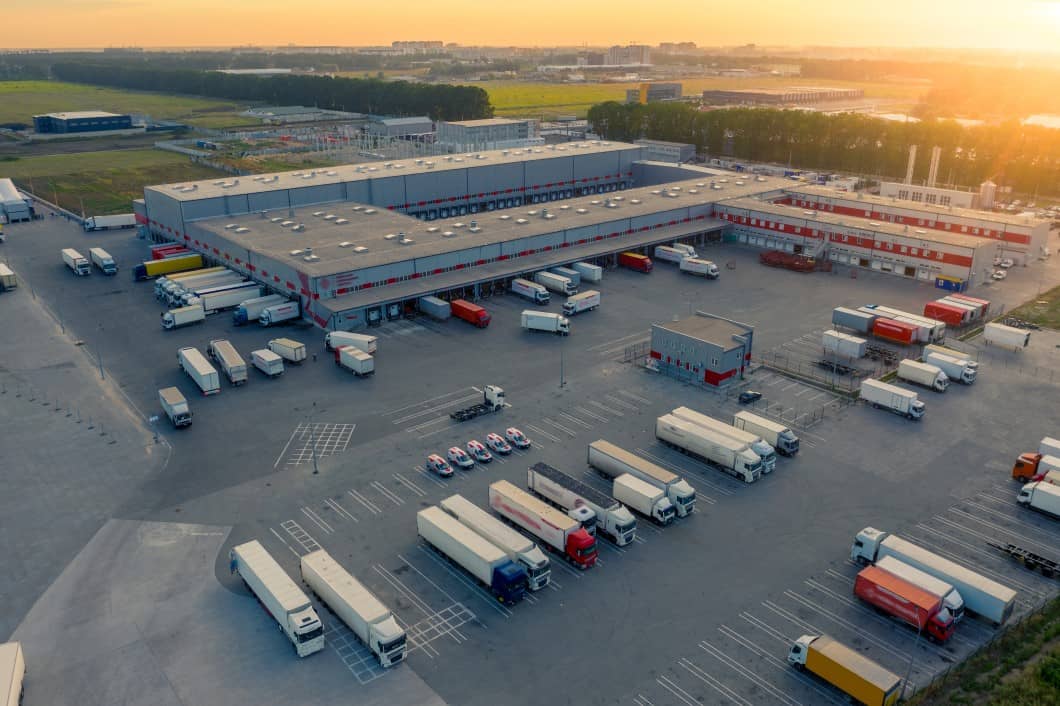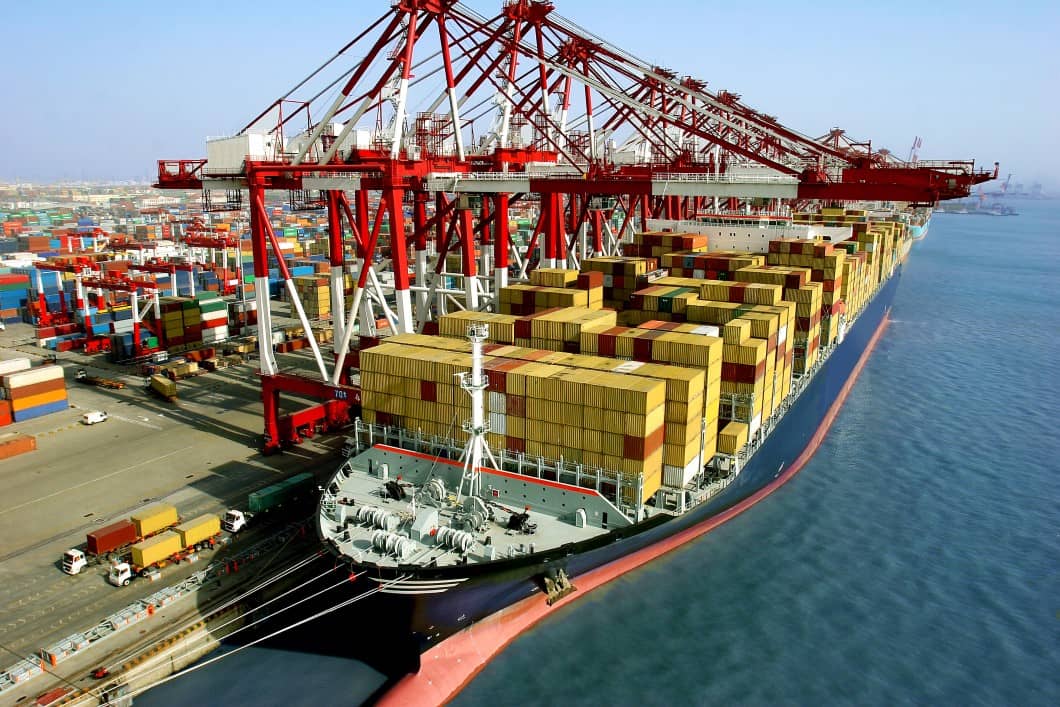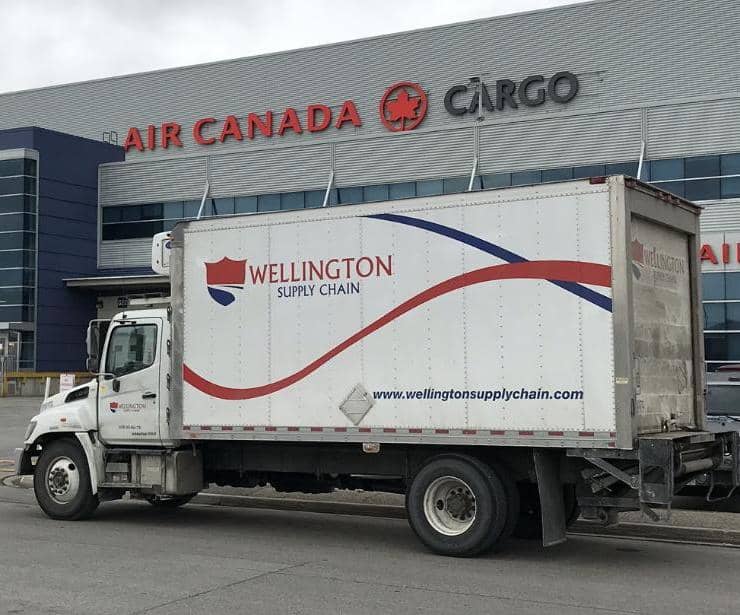
What is it?
Supply chain integration refers to the way that trucking interacts with various other modes of transportation and services that operate alongside trucking. Each of these services is deserving of their own 101 in the future, and at this time we will break down four key areas of the supply chain where trucking frequently interacts and that beginners to trucking should be aware of.
When is it used?
The short answer is all of the time. There are very few goods that simply move by truck from one location to their final destination and that's it! Parts to produce the product may have been shipped over the ocean, distributed over the rail, and sent to consumers on a truck. There are millions of supply chain combinations and possibilities to consider, and this is why supply chain expertise is so valuable!
Things to consider: Four ways trucking interacts with the supply chain.
-
Intermodal / Rail Freight
Trucks are often required to pick up and drop off at the rail yard. In these cases, they are typically not loading or unloading (handling) freight, but rather they are seamlessly moving a prepacked container or trailer to or from the rail facilities. These movements are sometimes called TOFC (trailer on flat car) or COFC (container on flat car). Trucks will pickup the trailer or container and be on their way again to their next destination. In a future Intermodal 101 section, we'll dive deep into rail movements!

-
Warehousing
Goods often need to move to and from a warehouse as part of their distribution journey, and they are typically picked up and delivered by trucks. Some trucks are specifically used at warehouses to assist in short, in-yard, shuttle of type movements. These moves are also known as: shunting, crossdocking, and transloading, which describe different methods for re-arranging freight for delivery. Warehousing is also common for LTL shipments we discussed in lesson 2. More to come on Warehousing in a future 101!

-
Ocean and Drayage
Often containers come off a ship and need to be 'drayed' to the next location. It could be for final mile delivery, to be sent by rail, or something else entirely, but trucks get it done! Additionally, you've likely seen images online of long line ups at ports where trucks are waiting to drop off a container to be loaded onto a ship. As you can see, ports and trucks are no stranger to being seen together, once again, you can find more information in a future 101.

-
Air Cargo
It may seem obvious, but planes don't pickup from or deliver to warehouses and businesses. If cargo moves in the air, trucks meet in on the ground for its next steps on its journey. You can find more information in a future 101.


